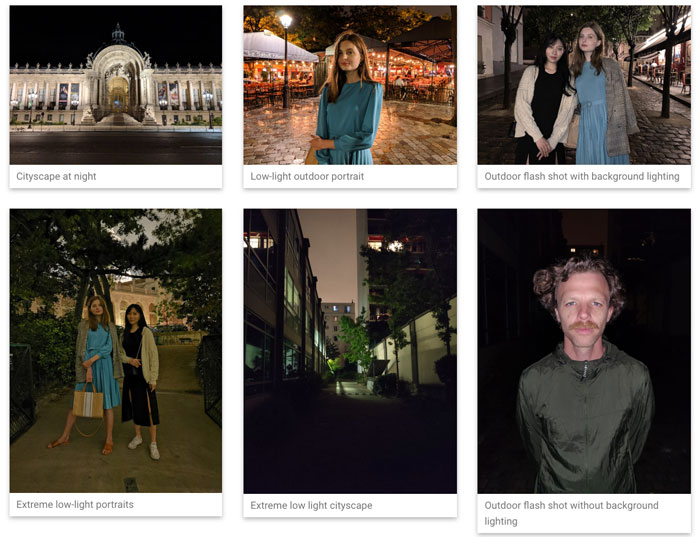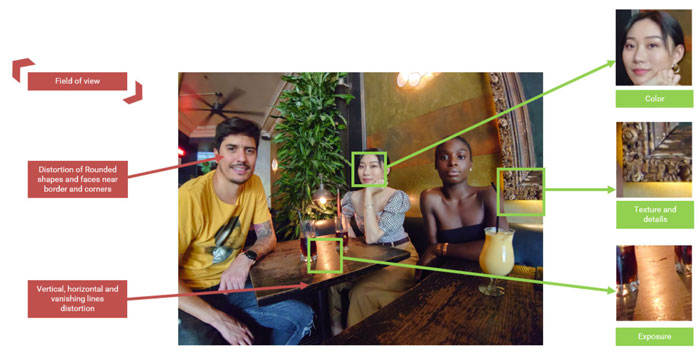New DxOMark Scores: Wide & Night
With all these smartphone and iPhones models flooding the planet, constantly improving their cameras and destroying the profits of camera makers, how can us poor uneducated consumers possibly keep up?
If only there was a company systematically analysing each model’s camera, scoring and rating them…
Ah wait. There’s DxOMark and… and.. apparently just DxOMark?
Some say they are biased and/or not good at their job. Well, some say that about me, too. I guess none of us can please all the people, all of the time.
Guess what. Everyone’s opinion is subjective. Including a bunch of folk who test smartphone cameras. Even if they give themselves a scientific sounding name.
From the point of view of a smartphone filmmaker, they seem to focus too much on the stills capabilities of the phones. But I guess this satisfies most customers demands. They do at least investigate video quality to a degree.
New Scores
DXOMARK started testing smartphone cameras back in 2012. Since then, huge strides have been made in the advancement of camera technology included in iPhones and other smartphones.
Due to the changing nature of this technology, DxOMark are adding 2 new scores for their phone reviews: “Wide” and “Night”.
Wide
The popularity of wide conversion lenses has shown the demand for squeezing more view into shot with your smartphone camera. Since LG started the trend towards ultra-wide lenses back in 2016, many more manufacturers have adopted the concept. Now, pretty much all 2019 flagship phones offer additional wide angle lenses.
Not only does a wide angle lens allow you to fit in wider landscapes or taller buildings, they can also help with your selfies. I think most of us have at some point struggled to fit a group of friends or family into a selfie shot. And “wait while I mount my Moment 18mm!” isn’t going to fly.
So it was only a matter of time before the main phone makers added one or more wide angle options. These days, a simple swipe or tap of the screen brings up a wider field of view.
DxOMark say that they “undertake “mini-tests” that cover all the same image attributes as our main camera test, including exposure and dynamic range, color rendering, texture and detail, image noise, and autofocus performance and accuracy.”
DxOMark say they examine such aspects as Field of View, Distortion of Rounded Shapes, Distortion of vanishing lines, colour, texture and details, and exposure. They also test in light levels ranging from approximately 1000 to 50 lux.
Night
DxOMark now have a score specifically for the low-light performance of the camera which they are calling the Night score. In the past, digital photography in low light required a camera with a large sensor, while smartphones had small sensors. This led to photos being very noisy and low quality.
But in recent years, iPhones and other smartphones perform better and better in low light conditions. This is all down to advances in sensor design, faster lenses and computational imaging methods. And as standards have improved, so smartphone users have come to expect higher and higher quality.
Previously, DxOMark tested cameras in low-light conditions in a lab, and with a flash. Now they are testing in real world situations and the quality of the flash will now just be one of many aspects examined. In future, they’ll be looking at night cityscapes, low-light portraits, low-light street photography and shots in extreme low light, as well.
Every test will compare flash on, flash off and flash auto settings.

They will now be evaluating each smartphone on low light performance for exposure, color, texture, noise, artifacts, and autofocus performance.
Since the announcement, they have been updating some of their previous reviews to add these new scores. Check out their score for the Huawei P30 Pro.
Can we trust DxOmark Scores?
As I said previously, I’m sure DxOMark Scores are not 100% accurate. I’ve noticed a few mistakes on their assessment of video performance. But certainly, they’re spending more time evaluating these devices than us ordinary consumers. Ultimately, they’re only human and have subjective opinions, like the rest of us.
And if you don’t agree, then YouTube and WordPress are filled with endless opinions and reviews of any smartphone by a well known maker you care to think of. We live in an age of relentless information and opinion, it’s the one thing we in the connected age will never again be short of.
Eager to learn more?
Join our weekly newsletter featuring inspiring stories, no-budget filmmaking tips and comprehensive equipment reviews to help you turn your film projects into reality!
Simon Horrocks
Simon Horrocks is a screenwriter & filmmaker. His debut feature THIRD CONTACT was shot on a consumer camcorder and premiered at the BFI IMAX in 2013. His shot-on-smartphones sci-fi series SILENT EYE featured on Amazon Prime. He now runs a popular Patreon page which offers online courses for beginners, customised tips and more: www.patreon.com/SilentEye


